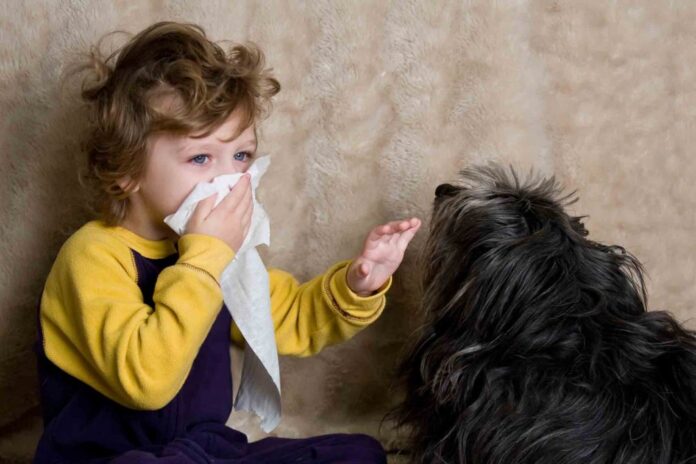Since a pet is a wish of almost every child, your child will be very excited about its arrival. That is reason enough to work on its choice. Regardless of the child’s wishes and needs, we are sure that you also want your new pet to be something special. That is why the owners put a lot of effort into choosing it and coming up with a name that is ideal for it. Don’t be an exception either, because the name of a pet can describe it a lot. This job is not easy, but it is also an individual decision. In that case, there are no rules about it, but there are some universal tips we can give you. These guidelines will be very helpful when looking for the your child’s first pet.
1. Consider the age of the child

Animals are known to have a positive effect on a child’s psychophysical development. However, these little creatures bring joy and love not only to the child’s life but also to the whole family. If you have decided on a pet exclusively to make your child happy, it is very important that he is mature enough. The child should be mature enough to be able to take at least part of the responsibility and take care of the animal. It is aware of that only after it turns 5 or 6 years old. Keep in mind that the degree of maturity can vary with each child and therefore be guided only by the child’s behavior and expert judgment.
Why is it important for a child to be mature? Although all the responsibility lies with the older members of the family, the maturity of the child is very important for his safety and the safety of the pet. For example, a younger child will not be able to distinguish an animal from a toy. Unfortunately, a bad event can occur, such as an animal bite as a result of teasing or harassment. When you have determined that the child is mature enough, start talking to him about the pet’s name. It is best to decide on a pet that the child will hang out with. Take into account his age, but also his abilities, needs, desires and personal characteristics.
2. Consider the name

If you have chosen a name first, and only then a pet, think about which pet associates you the most with that name. Of course, when choosing a name, pay attention to the names that are often used for pets, but also the names of family members in the people around you. Our advice is to avoid such names, because animals can very easily be confused with a name that might sound similar to the name of a family member or another pet. For example, if you have a dog pair near your house, take some time to visit it.
If you think you hear one name, skip it a few times. So, it is very important to find a name that is not common in order to be sure that you will call your pet at any time. Don’t forget that your animal needs time to get used to its name. Experts recommend that you caress her all the time and repeat her name until she remembers. After some time, the pet will feel that the situation in which you repeat his name is pleasant and will connect it with something positive. So he will very quickly understand what it is called.
3. Consider the conditions of your home

There are different types of pets that you can keep in your home. These can be guinea pigs, rats, hamsters, gerbils, dogs or cats. But you should talk to your child and explain to him or her that you don’t have space for every type of animal, if that is the case and let them be involved in choosing too. This step will also contribute to the development of their responsibility. However, don’t give them too much freedom. As we know, younger children cannot be realistic in most situations. So you offer them realistic options and let them decide within those limits. Otherwise, their unrealistic expectations could only make them sad. Think about this so you don’t let them feel bad. After all, that is your call, but kids shouldn’t be aware of that. Kids should think they are equal, because they will have equal obligations once you bring pet home.
4. Consider allergies

When we talk about a child’s needs, we also mean his connection with allergies. If it exists, it is best to avoid those animals that cause allergic symptoms. For example, if your child is prone to them or your family has a strong history of allergic disorders, consult a dermatologist before deciding on a pet. In addition to a dermatologist, you can seek advice from a pediatrician or local veterinarian. You should research every possible source before making a decision to avoid putting yourself in position where you have to return animal although you don’t want to. Fortunately, there are specialized sites like petonbed.com where you can learn all about dogs and cats, but in other types of pets, like rodents.
5. Consider your free time

Another factor that can influence your choice is the time your family can set aside to take care of a pet. For example, dogs and cats require daily attention. It would not be humane to choose a pet just because you have seen a cute picture on social media. Remember that you will have to feed, nurture, clean and exercise with them every day. However, there are animals like fish, turtles, stories, hamsters, etc. They will require minimal care and can be a good choice for younger children. It is a great option for busy families and those with less time.
Conclusion:
Know that any animal can make your child very happy. This means that you can choose any pet – All that is needed is for your decision to be based on the child’s age, home conditions and your free time. You need to take into account your child’s wishes, but also other factors.









